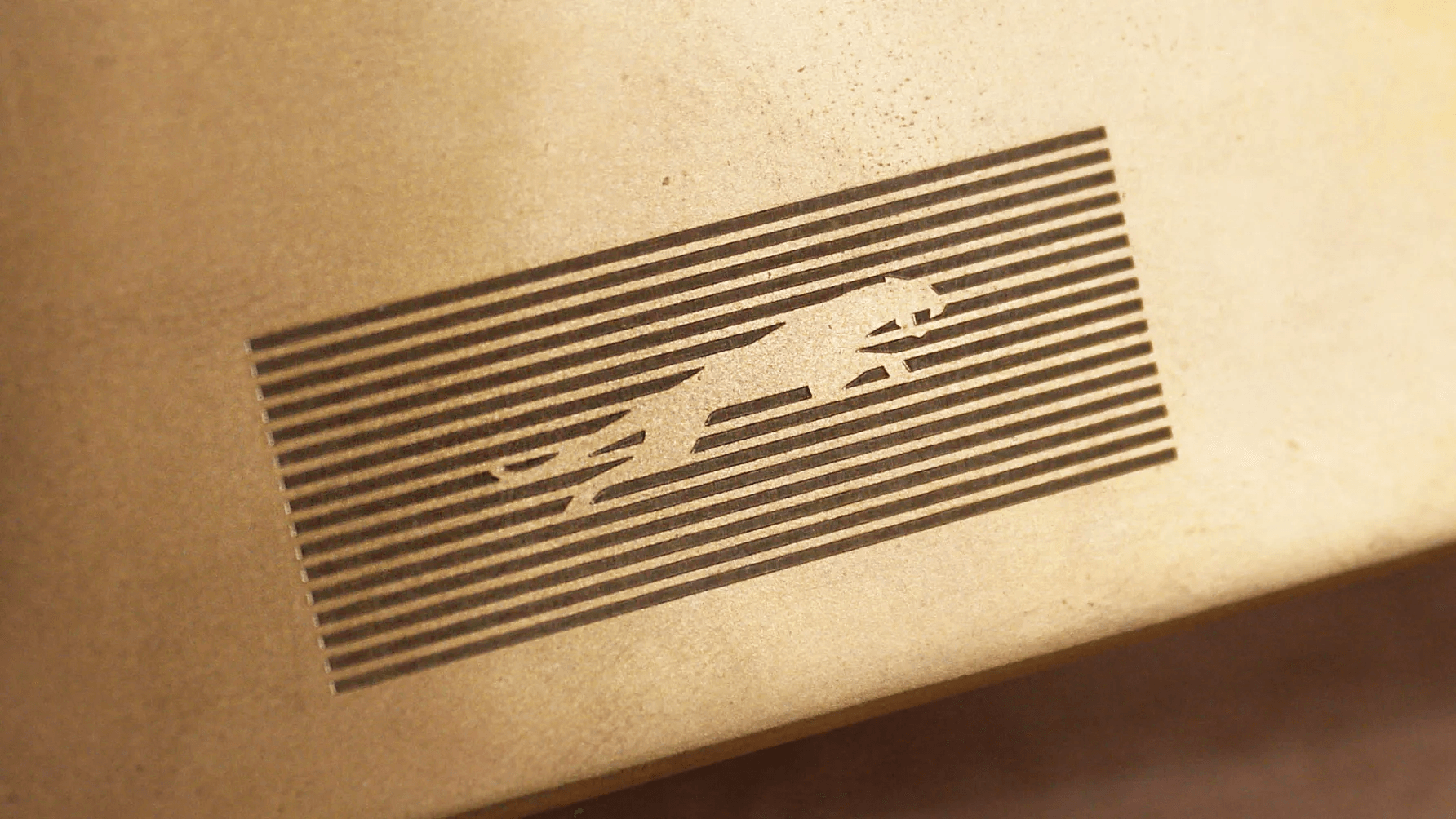
Jaguar’s 2024 rebrand has caused quite a stir, making waves across both the automotive, marketing and design industries. Long celebrated for its sleek luxury vehicles and dynamic branding, Jaguar is now on a mission to redefine itself in the electric era. This transformation isn’t merely aesthetic; it’s a fundamental recalibration of the brand’s identity, purpose, and strategy. The bold move has ignited debates across industries: is this a visionary leap into the future or a risky detour away from tradition?
At the heart of Jaguar’s transformation is its new mantra, “Copy Nothing.” This encapsulates the brand’s commitment to originality and leadership in a competitive market. As the company transitions to a fully electric lineup by 2025, it has pledged to avoid imitation and instead forge its unique path.
This philosophy aligns with Jaguar’s broader strategic vision. It’s not just about competing with Tesla, Lucid, or Rivian—it’s about setting a standard within the rapidly growing electric vehicle market.

The move reflects a clear strategic shift away from traditional luxury carmaker norms, challenging the perception that luxury must always adhere to established visual tropes. In the official statement shared on Jaguar’s website, the company describes the rebrand as being “fearless, exuberant, and compelling,” underscoring that it isn’t just about making a change but making a statement that echoes throughout the brand’s new journey. By embracing the minimalist aesthetic of the new wordmark, Jaguar is signaling a new era—one that combines sustainability with cutting-edge technology.
Jaguar’s decision to replace its iconic leaping jaguar logo with a minimalist wordmark is emblematic of a broader shift in branding. In an age of digital-first branding, where logos must be adaptable across screens, apps, and virtual experiences, clean typography often reigns supreme.
By replacing its iconic leaping jaguar logo with a minimalist wordmark, the rebrand challenges traditional luxury branding conventions and positions Jaguar as a trailblazer for the electric age. Clean typography aligns with the preferences of a younger, tech-savvy demographic while maintaining a sense of premium sophistication. But this move has drawn mixed reactions. While some celebrate the shift as a bold reimagining of luxury, others lament the loss of the iconic leaping jaguar, which has long symbolized elegance and dynamism.
In the context of the electric vehicle (EV) market, minimalism is more than a design choice—it’s a declaration of values. Simplicity resonates with modern consumers, especially in an era where sustainability and digital innovation are priorities. By adopting a minimalist design, Jaguar positions itself as a forward-thinking brand ready to embrace a sustainable future.

Jaguar’s media release captures the essence of the rebrand as “fearless, exuberant, and compelling.” These words speak to a philosophical shift from classic luxury to sustainable, modern mobility reflects the brand’s vision for an all-electric future, blending timeless elegance with cutting-edge innovation.
The rebrand signals Jaguar’s readiness to lead the electric age. While the simplicity resonates with modern values, critics fear it risks alienating loyalists and blending into a market saturated with minimalist logos. Still, this evolution reflects a broader shift in consumer expectations. Today’s buyers demand more than just high-performance vehicles—they seek brands that align with their values, from sustainability to digital connectivity. By prioritizing these values, Jaguar aims to redefine what it means to be a luxury brand in the 21st century.
This rebrand isn’t just about aesthetics—it’s about strategy. An interesting angle is Jaguar’s decision to “quiet” its logo while its cars become “quieter” themselves. The rebranding cleverly juxtaposes the literal silence of electric vehicles with the bold simplicity of its new logo. This synergy between product evolution and branding is subtle but impactful.
On one side is the need to preserve their storied heritage, which for Jaguar is deeply tied to notions of performance and luxury. On the other is the imperative to remain relevant in a world increasingly driven by sustainability, digital innovation, and younger consumers. This harmony underscores Jaguar’s strategic approach to the EV market. By aligning product innovation with brand evolution, Jaguar ensures its rebrand feels cohesive and intentional, not merely aesthetic.
Jaguar’s rebrand has sparked a divide among critics and fans. While some praise the minimalist design as a forward-thinking pivot, others mourn the loss of the iconic leaping jaguar, a symbol of elegance and power. This change marks a bold departure from decades of brand equity tied to its storied imagery, placing greater pressure on Jaguar’s products and messaging to sustain its identity. The question lingers: can the brand maintain its emotional connection with loyal customers while appealing to a younger, eco-conscious audience?

The move reflects a broader trend in branding, with legacy companies like Burberry and Pringles embracing minimalist aesthetics to stay relevant. For Jaguar, the challenge lies in finding a balance between preserving its heritage and evolving to meet modern expectations. The “Copy Nothing” mantra embodies this duality, emphasizing innovation while demanding a careful narrative to bridge the gap between tradition and progress. Jaguar must ensure its new identity resonates across its fragmented audience, uniting classic luxury enthusiasts and sustainability-driven consumers.
This transition also underscores a shift in branding strategy, where visual identity plays a supporting role to storytelling and experience. With the leaping jaguar gone, Jaguar’s narrative, products, and mission must carry the weight of its legacy. By amplifying its brand story and focusing on creating deeper emotional connections, Jaguar has the opportunity to redefine luxury for the electric age, turning this polarizing change into a platform for innovation and leadership.
Jaguar’s rebrand is a microcosm of the challenges and opportunities faced by legacy brands in a rapidly changing world. It’s a bold move that invites risk but also opens doors to innovation. Jaguar must carefully balance its heritage with its ambitions, ensuring the new identity resonates with both long-time loyalists and younger, eco-conscious audiences. By amplifying its storytelling, creating visionary products, and embracing its role as a trailblazer, Jaguar has the potential to redefine luxury for the electric age.
If you’re interested in working with us, get in touch at hello@zaapr.com or visit our website www.zaapr.com